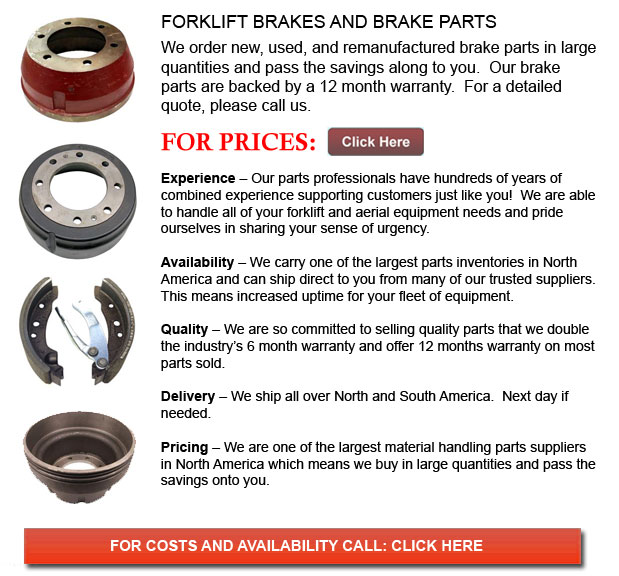
Forklift Brakes - A brake wherein the friction is supplied by a set of brake pads or brake shoes that press against a rotating drum unit referred to as a brake drum. There are some specific differences among brake drum types. A "brake drum" is commonly the explanation provided whenever shoes press on the interior surface of the drum. A "clasp brake" is the term utilized to be able to describe when shoes press next to the exterior of the drum. Another kind of brake, referred to as a "band brake" makes use of a flexible belt or band to wrap all-around the exterior of the drum. Where the drum is pinched in between two shoes, it can be referred to as a "pinch brake drum." Similar to a conventional disc brake, these types of brakes are somewhat uncommon.
Early brake drums, prior to the year 1995, required to be consistently modified in order to compensate for wear of the shoe and drum. "Low pedal" can cause the needed modifications are not carried out sufficiently. The motor vehicle can become hazardous and the brakes can become ineffective whenever low pedal is mixed along with brake fade.
There are different Self Adjusting Brake Systems offered, and they can be categorized within two main kinds, RAD and RAI. RAI systems have inbuilt devices which avoid the systems to be able to recover when the brake is overheating. The most recognized RAI manufacturers are AP, Bendix, Lucas, and Bosch. The most famous RAD systems consist of Volkswagen, VAG, AP, Bendix and Ford recovery systems.
Self-adjusting brakes normally use a mechanism which engages only if the vehicle is being stopped from reverse motion. This stopping approach is satisfactory for use where all wheels utilize brake drums. Most vehicles nowadays make use of disc brakes on the front wheels. By operating only in reverse it is less possible that the brakes will be applied while hot and the brake drums are expanded. If adapted while hot, "dragging brakes" can take place, which increases fuel intake and accelerates wear. A ratchet tool that becomes engaged as the hand brake is set is one more way the self repositioning brakes can work. This means is only appropriate in applications where rear brake drums are utilized. When the emergency or parking brake actuator lever goes over a particular amount of travel, the ratchet developments an adjuster screw and the brake shoes move toward the drum.
There is a manual adjustment knob placed at the bottom of the drum. It is usually adjusted through a hole on the opposite side of the wheel and this requires going under the forklift along with a flathead screwdriver. It is of utmost significance to be able to move the click wheel properly and tweak each wheel evenly. If unequal adjustment takes place, the vehicle could pull to one side during heavy braking. The most effective method to be able to make certain this tedious job is done safely is to either lift every wheel off the ground and spin it by hand while measuring how much force it takes and feeling if the shoes are dragging, or give each one the same amount of clicks using the hand and then do a road test.
![]() Click to Download the pdf
Click to Download the pdf
Forklift Parts
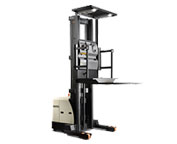
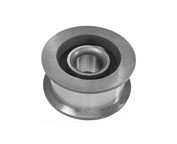
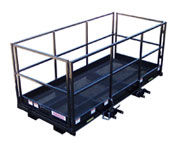
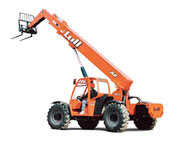
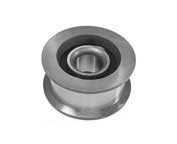
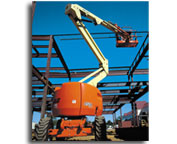
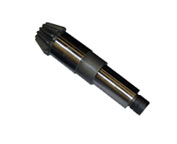
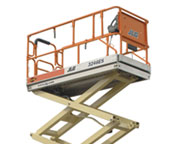
Lift Parts Express
TOLL FREE: 1-888-695-7994
Carrollton, Texas
forkliftpartscarrollton.com
Email Us
About Us


